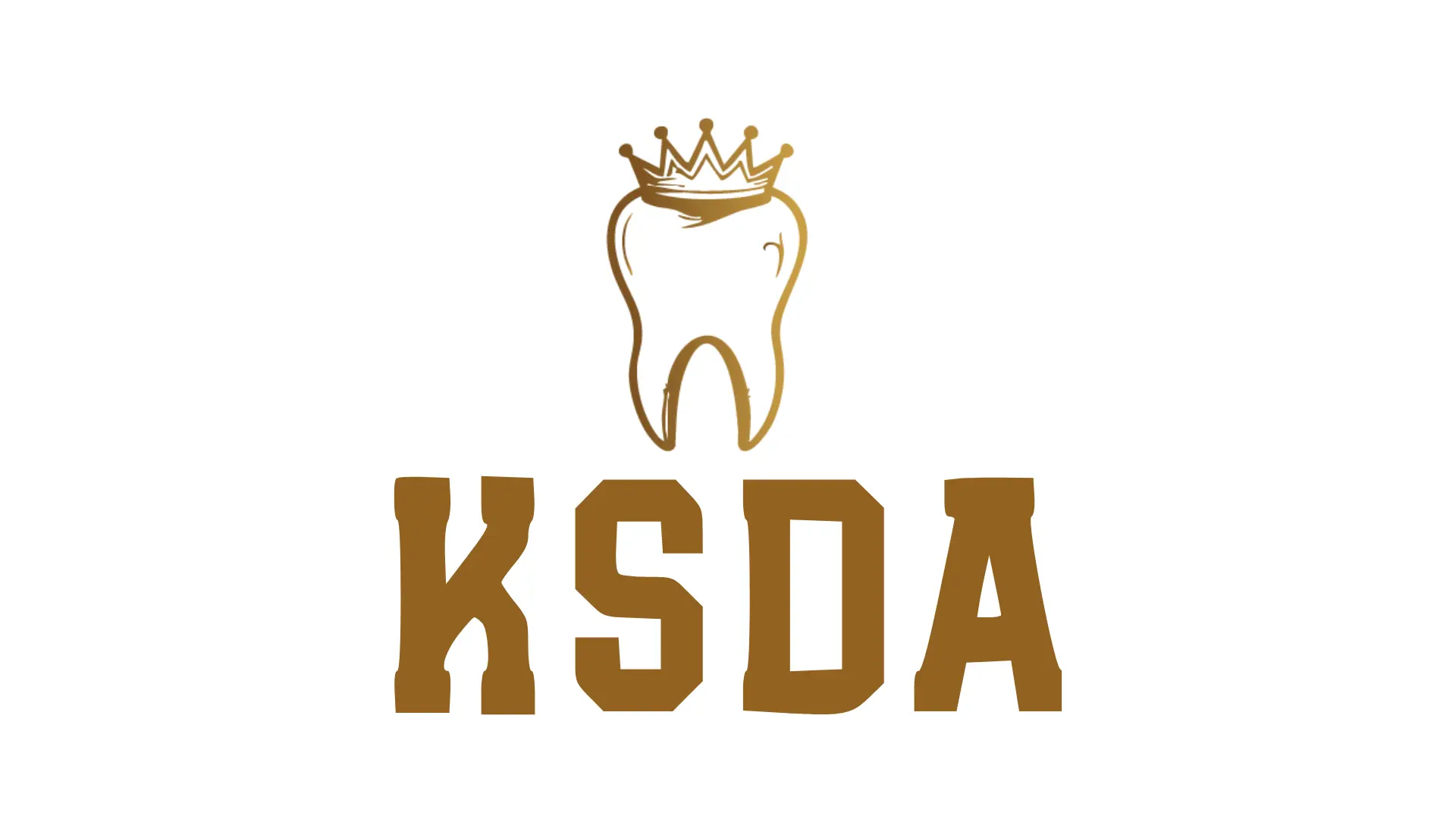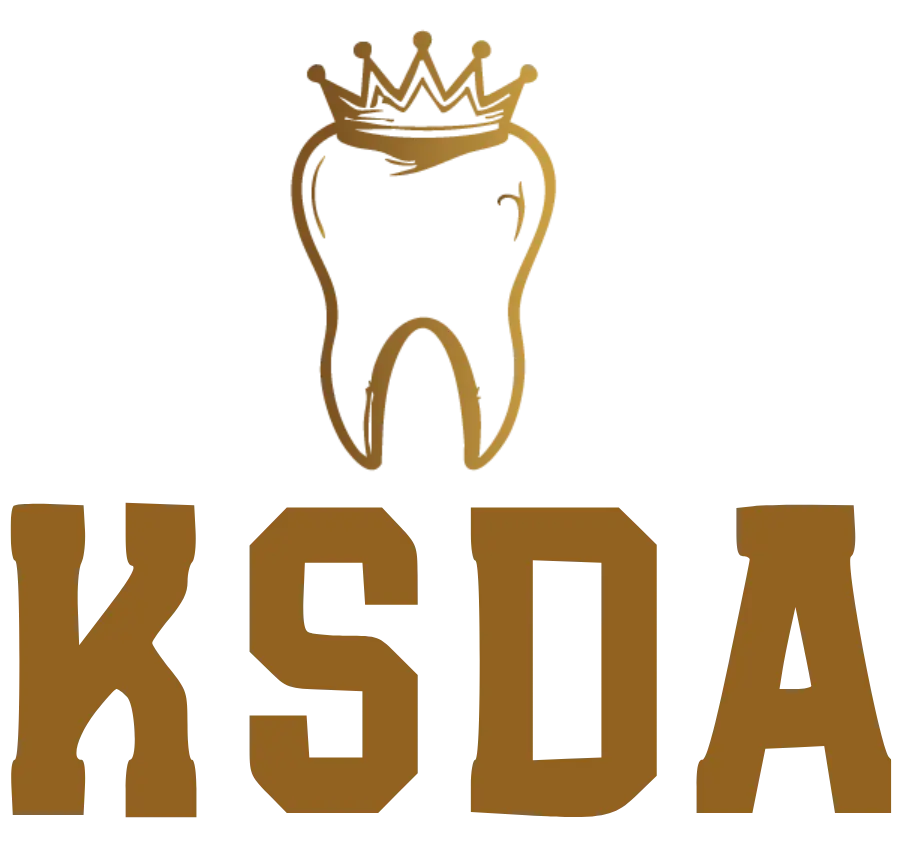
RDA vs. CDA
Becoming a dental assistant offers many benefits and is an attractive career choice if you are interested in health care. A dental program can be completed in one year or less, allowing you to quickly transition into a healthcare career.
Dental assistants play a key role in patient care, assisting dentists during procedures, taking X-rays, and ensuring patients are comfortable. They can work in various environments, including pediatric dentistry, general dentistry, and orthodontics, and many positions also offer benefits, such as retirement plans, vacation days, health insurance, and work-life balance.
There is more than one way to become certified as a dental assistant. The team at Kingsburg School of Dental Assisting can help explain the key differences between RDA vs. CDA certifications so you can determine which will help you achieve your career goals.
What Is an RDA?
A registered dental assistant (RDA) certification allows you to perform duties beyond basic dental assistant tasks. This credential involves several steps, including education, experience, and taking an examination.
California has its own RDA exam, and before taking it, you must complete an accredited dental assisting program or have 15 months (or 1,280 hours) of equivalent work experience in California. The examination covers:
- Radiology
- Infection control
- Ethics and laws
- Dental materials
- Chairside assisting techniques.
You must pass three separate written exams to become an RDA. These include the RDA exam, the California Dental Law and Ethics exam, and the Dental Assisting National Board (DANB) Radiation Health and Safety exam.
The RDA certification includes a hands-on skills assessment, proof of coronal polishing and infection control courses, and a CPR certification from an approved provider. In California, this allows you to perform additional functions, such as taking and developing dental X-rays, providing postoperative instructions to patients, placing temporary fillings, removing excess cement, and taking impressions for specific procedures.
What Is a CDA?
The Certified Dental Assistant (CDA) credential is a national examination administered by the DANB that validates your knowledge and skills in areas such as radiation safety and infection control. There are three ways to meet the examination’s education or work experience requirements. These include:
- Having at least 3,500 hours of work experience
- Finishing an accredited dental assisting program
- Holding a former CDA certification status and meeting education requirements
The CDA exam covers many components of the RDA certification, including general chairside assisting, radiation health and safety, and infection control. In some states, a CDA can take on broader responsibilities, including applying sealants and fluoride, fabricating temporary crowns, and performing coronal polishing.
However, California does not recognize the CDA certification, and dental assistants must pass the state-specific RDA exam and DANB’s Radiation Health and Safety and Infection Control exams instead.
RDA Versus CDA: Which Is Best for You?
The choice between an RDA or CDA certification depends on your career goals and where you live. Both credentials will expand your job opportunities, but they serve different purposes. An RDA is a state-specific certification, and the requirements depend on the state where you are practicing.
For example, California mandates that you pass the RDA exam, a practical test, and a state-specific law and ethics exam. Depending on the regulations, RDA certification may allow you to perform additional duties, such as coronal polishing and taking impressions.
CDA is a national certification that requires you to pass three examinations, including the general chairside, radiation health and safety, and infection control. The credential is recognized in many states and may be necessary to perform expanded functions in some states.
California does not mandate a CDA for licensure, so choosing CDA versus RDA depends on the state where you plan to work. The RDA certification is your best path if you want to work in a state that requires that certification. However, a CDA certification offers national recognition and flexibility if you plan to work in multiple states.
Learn More About the Differences Between RDA and CDA Certification – Call Today
Understanding the differences between RDA vs. CDA certifications is essential if you are pursuing a career in dentistry. Some dental assistants pursue both the CDA and RDA for maximum career benefits. Contact Kingsburg School of Dental Assisting today to learn more about the different examinations, educational requirements, and how we can help you meet your career goals.



